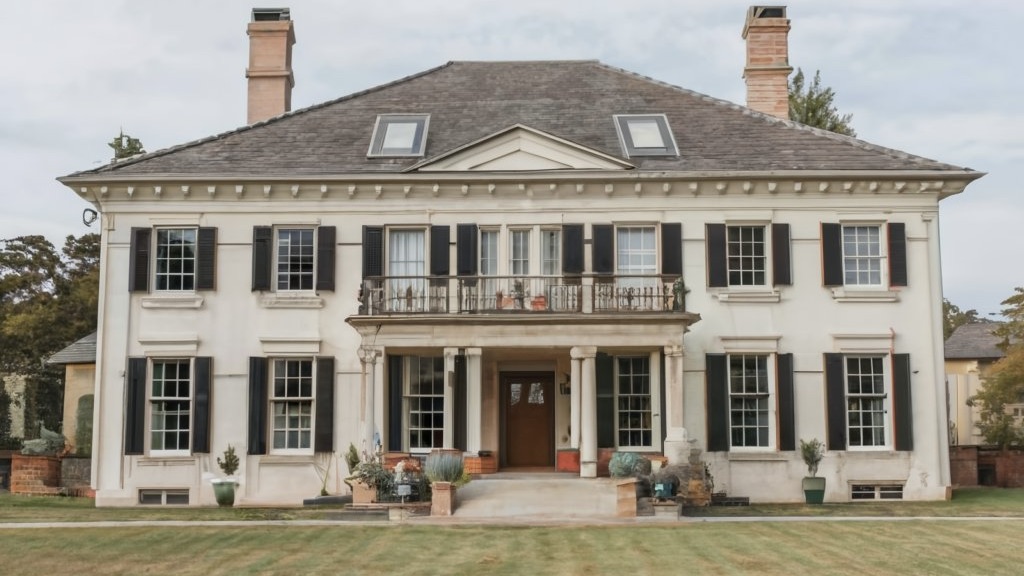In recent years, the United States has grappled with a significant shortage of available housing, a challenge that has intensified over time. According to Freddie Mac’s estimations as of Q4 2020, there exists a notable deficit of 3.8 million residential units needed to align with housing demand and maintain a target vacancy rate. This scarcity has implications not only for the housing market but also for the broader economy.
The Housing Crunch Unveiled: Examining the 3.8 Million Unit Deficit

Examining historic market trends sheds light on the evolution of housing demands. In the past, the U.S. has experienced shifts in population dynamics, lifestyle preferences, and economic conditions, all of which influenced housing needs. However, the current deficit of 3.8 million units represents a critical juncture, surpassing historical benchmarks and posing challenges for prospective homebuyers and renters alike.
Navigating Market Dynamics: How Past Trends Inform Today’s Housing Challenge

Addressing this issue, the Biden Administration has proposed an innovative approach to alleviate the housing shortage. One notable strategy involves repurposing underutilized commercial properties into residential units, aiming to enhance affordability and accessibility. This initiative recognizes the need for creative solutions to meet the evolving demands of a growing population.
Biden’s Vision Unveiled: Repurposing Commercial Spaces for Residential Solutions

By repurposing commercial spaces, the administration seeks to breathe new life into vacant or underused structures, transforming them into viable housing options. This not only addresses the shortage but also contributes to revitalizing local communities and repurposing spaces that may have fallen into disuse.
Innovative Strategies in Action: Transforming Vacant Spaces into Homes

The data-driven approach behind this plan is grounded in a holistic understanding of the housing market. The emphasis on repurposing commercial properties aligns with a broader vision of sustainable urban development, promoting efficient land use and addressing housing shortages in a manner that resonates with the evolving needs of U.S. residents.
Measuring Impact: What Biden’s Plan Means for Property Values and Affordability

While the effectiveness of this strategy remains to be fully realized, it reflects a commitment to proactive problem-solving in the face of a pressing housing deficit. As real estate professionals, we monitor these developments closely, recognizing the potential impact on property values, market dynamics, and, most importantly, the lives of individuals seeking stable and affordable housing options.
In conclusion, the U.S. housing shortage is a multifaceted challenge that demands innovative solutions. The Biden Administration’s proposal to repurpose commercial properties into residential units reflects a nuanced understanding of the issue at hand and a commitment to addressing it in a manner that combines practicality with a long-term vision for sustainable housing solutions. As real estate professionals, we navigate these dynamics with an eye on the future, working to contribute to a housing landscape that meets the diverse needs of our communities.




